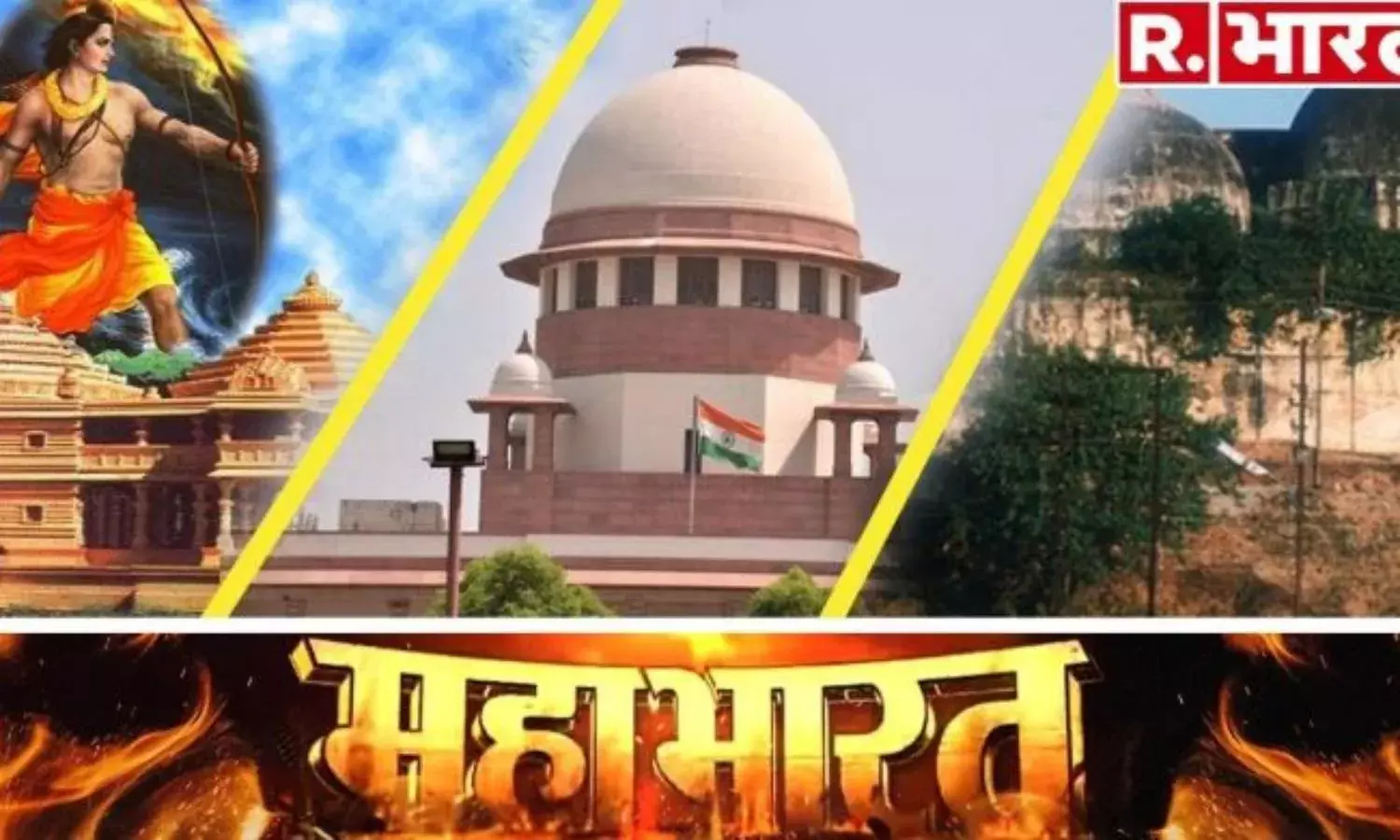How the Babri-Ayodhya Verdict Tested the Spirit of Journalism
What we witnessed in some newspapers will remain as blots on the spirit of journalism
The Babri-Ayodhya verdict was a litmus test for news organisations in India. While the electronic media in India is notorious for being sensationalist, speculative, one-sided and everything the press should avoid becoming, it appears the print medium is also guilty of the same.
Dainik Jagran, a leading Hindi daily, dedicated at least 16 pages to the landmark verdict. The detailed coverage included a number of smaller stories on various stakeholders’ and political leaders’ reactions, responses on social media, on security around the area, and the history of legendary Ayodhya.
The front page of Dainik Jagran had a huge vector image of Lord Ram and a grand temple beside him. The headlines were absolutely ridiculous: ‘Wahin Banega Mandir’ (The Temple Will be Built There) making the paper look more like a celebratory pamphlet. It discussed the construction of the proposed temple in detail.
What we witnessed in newspapers like Dainik Jagran and Dainik Bhaskar, will remain in history as blots on the spirit of journalism.
Some of the English newspapers carried headlines which are perfect examples for students of journalism of what not to do. The Times of India and Hindustan Times did not mention the demolished mosque in their headlines, favouring the proposed temple. However, The Indian Express and The Hindu mentioned both the temple and the mosque.
The Times of India headlined its lead story ‘Ram Mandir Within Site’, all in capital letters. They used a photograph that was meant to symbolise communal harmony. They also called the verdict a ‘balancing act’ in one of the front page headlines, citing some statements by the Supreme Court that the electronic media did not pay much heed to.
They said on the front page how the court had called the demolition an illegal act, and also discussed the prospect of a compensatory mosque. Rather like the judgment perhaps, a better headline would have made for a more balanced report.
The electronic media was a spectacle, true to form. According to the guidelines released by the News Broadcasting Standards Authority on reporting the Babri-Ayodhya verdict, no broadcast was supposed to have a speculative tone. But almost every popular Hindi news channel had stationed reporters at the venue, who were not just speculating but were also jumping to biased and uniformed conclusions.
The Hindi news channels made it a point to celebrate the verdict as the victory of Lord Ram. As expected, they were ready on their toes even before CJI Ranjan Gogoi had announced the verdict. But few would have expected a panel discussion even before the verdict had been announced, as Republic TV went and did. Arnab Goswami organised a panel discussion before the verdict.
Almost all the Hindi news channels, barring a few like NDTV, indulged freely in speculation. Their reporters were constantly ‘analysing’ each and every line spoken by Gogoi.
The NBSA guidelines also asked news channels to not let anyone express extreme views. Only India Today seemed to have adhered to this. They blocked a panelist who was sharing his extreme views on live television. Rajdeep Sardesai and Rahul Kanwal presented a balanced report. They did not give any impression of bias or prejudice. For this they were also widely appreciated on Twitter.
Another important point in the NBSA guidelines was to not show any sort of celebration or protest. However, some channels innovatively tried to celebrate the verdict. NDTV’s reporter in Faizabad-Ayodhya was seen eating jalebis while delivering his report. ‘Enjoy your jalebi,’ the anchor told him indulgently.
Zee News used a ‘Jai Shri’ template on their channel outright, and while ABP News initially tried to act sane, eventually it relented with a ‘Jeet Gaye Ram Lalla’ (Darling Ram Has Won) graphic later on the channel. ABP would ask viewers to maintain peace and harmony at one moment and a little later, they would run celebratory graphics depicting a huge temple.
Zee News aired highly provocative views. The anchor seemed to forget himself and proudly declared, ‘India has won’. Not to mention the channel’s ‘Mandir Wahin Banega’ (The Temple Will be Built There) stamp on top of a graphic of the disputed site.
The media gives you a ton of examples like this to cite. In our country where people rely heavily on the media for information, where many are naïve and easily influenced by the narratives created by the media. Sensitive situations like these put a lot of responsibility on the media.
Unfortunately, on this significant day, most of the press failed to shoulder this responsibility.





